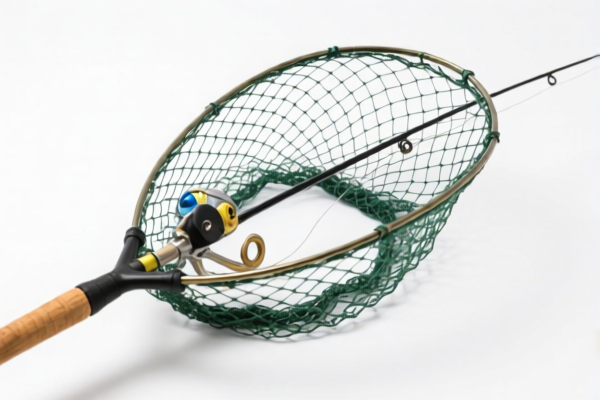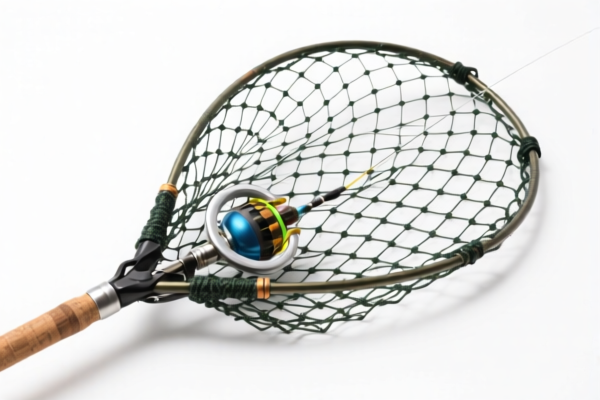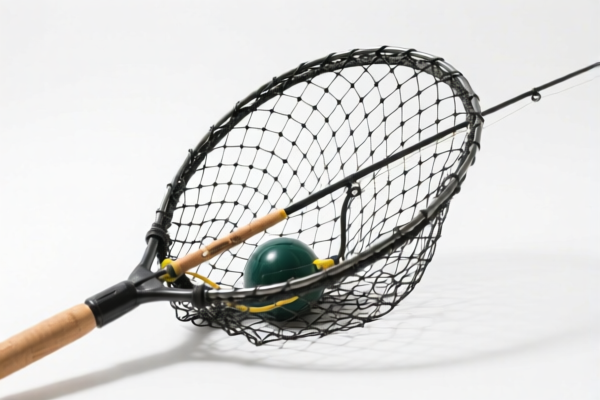| HS Code | Official Doc | Tariff Rate | Origin | Destination | Effective Date |
|---|---|---|---|---|---|
| 7325995000 | Doc | 82.9% | CN | US | 2025-05-12 |
| 7325991000 | Doc | 80.0% | CN | US | 2025-05-12 |




Round Barbecue Net
A round barbecue net, also known as a circular grill grate, is a component used in barbecuing and grilling, designed to hold food over a heat source.
Material
These nets are commonly constructed from:
- Stainless Steel: Offers excellent corrosion resistance, durability, and ease of cleaning. Often preferred for higher-end grills. Grades like 304 and 316 stainless steel are frequently used.
- Chrome-Plated Steel: Provides a shiny, relatively non-stick surface and moderate rust resistance. More affordable than stainless steel.
- Nickel-Plated Steel: Similar to chrome-plated steel in terms of cost and properties.
- Cast Iron: Retains heat exceptionally well, providing even cooking and excellent searing capabilities. Requires seasoning to prevent rust and sticking. Less common in round net formats due to weight.
Purpose
The primary purpose of a round barbecue net is to:
- Support Food: Provides a stable surface to cook food items directly over heat.
- Enable Heat Circulation: The open grid design allows for even heat distribution around the food, promoting consistent cooking.
- Allow Dripping: Facilitates the dripping of fats and juices, which can contribute to flavor and, when collected in a drip pan, create sauces or prevent flare-ups.
Function
The net functions by:
- Conducting Heat: The metal material absorbs heat from the heat source (charcoal, gas flames, etc.) and transfers it to the food.
- Providing Ventilation: The grid structure allows air to circulate, aiding in combustion and preventing excessive smoke buildup.
- Creating Grill Marks: The bars of the net impart distinctive grill marks on the food, enhancing its visual appeal.
Usage Scenarios
Round barbecue nets are commonly used in:
- Charcoal Grills: Suitable for various charcoal grill types, including kettle grills and portable grills.
- Gas Grills: Often used as replacement grates or as an alternative to traditional rectangular grates.
- Kamado Grills: Frequently used for direct grilling and searing.
- Smokers: Can be used for indirect cooking and smoking.
- Portable Grills: Their compact size makes them ideal for smaller, portable grill setups.
Common Types
- Standard Wire Nets: The most common type, featuring a simple grid pattern of round wires.
- Heavy-Duty Wire Nets: Constructed with thicker wires for increased durability and strength, suitable for heavier food items.
- Porcelain-Coated Nets: Features a porcelain coating for improved rust resistance and easier cleaning.
- Expandable Nets: Designed to fit various grill sizes, offering flexibility and convenience.
- V-Shaped Nets: The V-shaped wires help to lift food away from the grate surface, promoting even cooking and preventing sticking.
- Ribbed Nets: Features raised ribs to prevent food from falling through the grate and to create more defined grill marks.
The declared goods, “round barbecue net”, fall under the category of cast articles of iron or steel. Here's a breakdown of relevant HS codes based on the provided information:
- 7325995000: This HS code covers “Other cast articles of iron or steel: Other: Other: Other”. This is a broad category for cast iron or steel articles not specifically classified elsewhere. Given the description, a round barbecue net could potentially fall under this code if it doesn’t meet the criteria of more specific classifications. The total tax rate associated with this code is 82.9%, comprising a basic tariff of 2.9% and an additional tariff of 25.0%, increasing to 30.0% after April 2, 2025, with a further 25% additional tariff applicable to steel and aluminum products.
- 7325991000: This HS code covers “Other cast articles of iron or steel: Other: Other: Of cast iron”. If the barbecue net is specifically made of cast iron, this code is applicable. The total tax rate is 80.0%, consisting of a 0.0% basic tariff and a 25.0% additional tariff, which will increase to 30.0% after April 2, 2025, with a further 25% additional tariff applicable to steel and aluminum products.
Regarding both HS codes, please note the additional tariffs applicable to steel and aluminum products, and the potential tariff increase after April 2, 2025. It is important to verify the material composition of the barbecue net to determine the correct HS code and applicable tax rate.
Customer Reviews
No reviews yet.